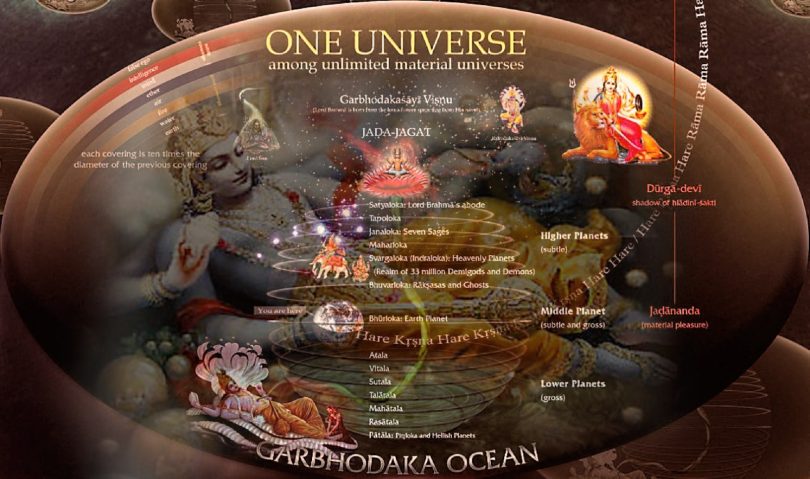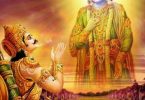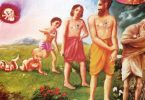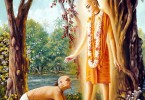Question: What is Pitr Loka — The Planet of Forefathers? Where is it?
Answer by Romapada Swami:
Regarding the location of Pitr–loka, it is described in Srimad Bhagavatam 5.26.5 that they are located between the Garbhodaka Ocean and Patala loka. This is near to where the hellish planets are located. The passing of time there is like that of the moon, though the arrangement of days and nights is opposite. This can be seen in Srimad Bhagavatam 5.22.5 and 5.22.9, wherein day and night there is measured according to the waxing and waning of the moon. But the moon is considered to be higher than the earth, whereas Pitr–loka is lower than the earth according to the vertical layout given in the Puranas.
The moon is part of devaloka, which is obtained via the northern path of the sun, whereas Pitr–loka is obtained by the southern path of the sun.
Those who live in Pitr–loka are generally fruitive workers who have been elevated to that place because of their pious activities. Additionally, they need male descendants to continue regular offerings to their forefathers so that the pitrs can survive there nicely. If all goes well, when their time there is up, they return to their own dynasty. If things do not go well, that is if the offerings cease, then they become tormented and unhappy with impious people. After some time, when they are disfigured by suffering, Yamaraja feels compassionate for them and they may be given posts as Yamadutas. As they are suffering because their descendants gave up dharma, they are very keen to arrest sinful people.
The attachment of these inhabitants to the karma kanda rituals and proper performance of duties can be seen in their prayers to Lord Nrsimhadeva. In SB 7.8.44; they first glorify the Lord as the maintainer of religious principles and then say how Hiranyakasipu stole and enjoyed the offerings of the sraddha ceremonies.
Additional information regarding the residents of Pitr Loka is found in SB 3.20.43, as follows.
“Sraddha is a ritualistic performance observed by the followers of the Vedas. There is a yearly occasion of fifteen days when ritualistic religionists follow the principle of offering oblations to departed souls. Thus those fathers and ancestors who, by freaks of nature, might not have a gross body for material enjoyment can again gain such bodies due to the offering of sraddha oblations by their descendants. The performance of sraddha, or offering oblations with prasada, is still current in India, especially at Gaya, where oblations are offered at the lotus feet of Visnu in a celebrated temple. Because the Lord is thus pleased with the devotional service of the descendants, by His grace He liberates the condemned souls of forefathers who do not have gross bodies, and He favors them to again receive a gross body for development of spiritual advancement.”







